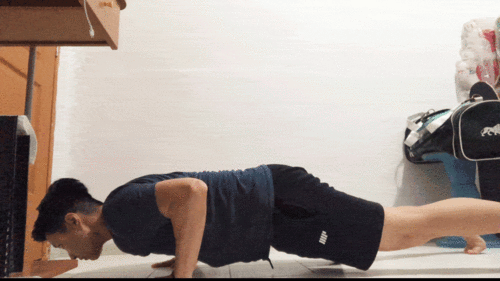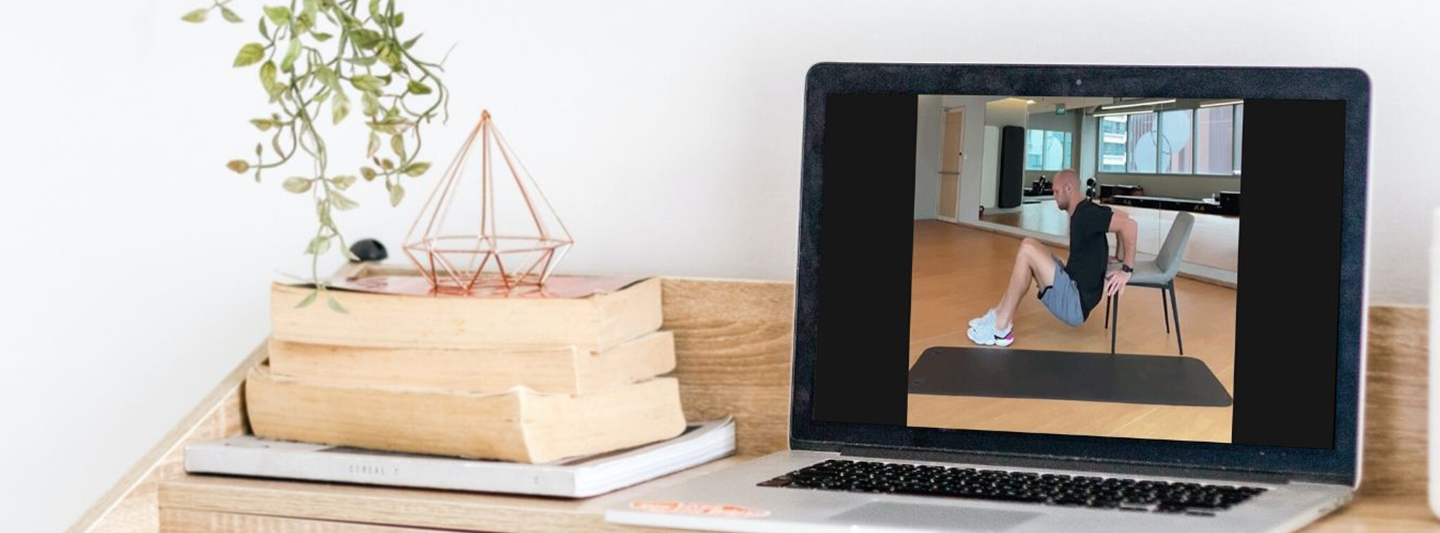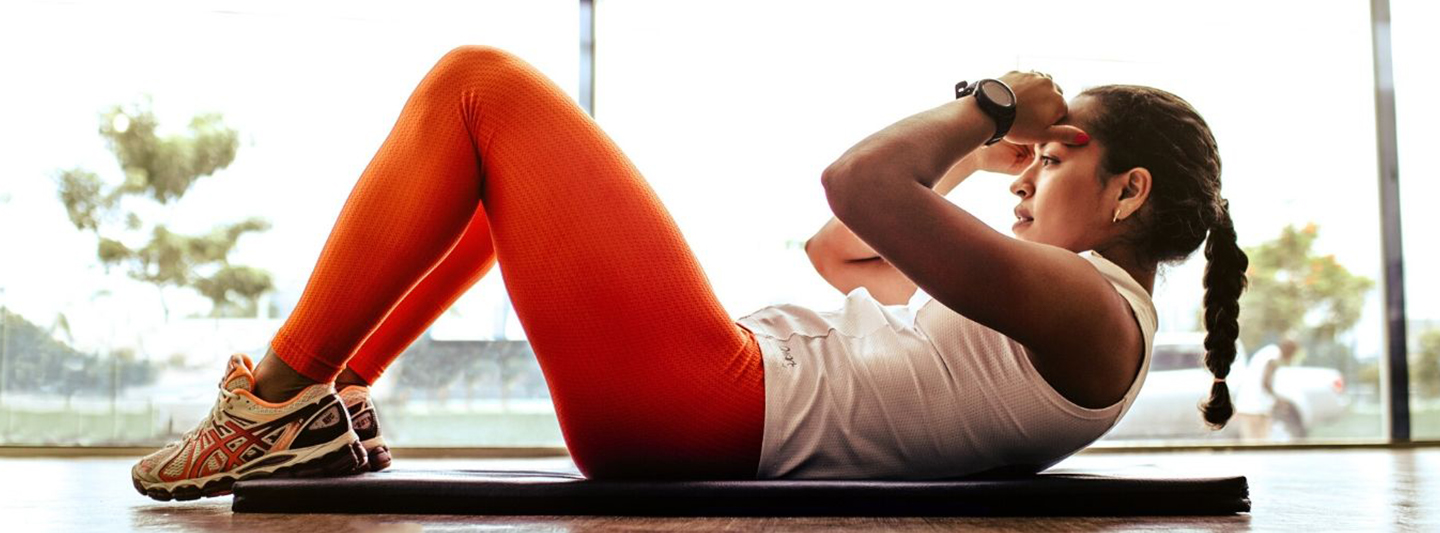With no news of gyms reopening anytime soon, at-home workouts will continue to remain a part of our fitness routines in the weeks to come. While many of you are doing your best to make the most out of minimal or no-equipment workouts, it might be disheartening to feel helplessly unable to physically challenge yourself without your usual gym equipment and think that you’re losing progress with every day that goes by.
You’ll feel reassured to know that according to personal trainer at Core Collective and founder of Fitness Lifestyle Performance, Janet Lee, using our own body weight to perform simple exercises can, in fact, be just as challenging and effective as lifting weights at the gym!
Read on as Janet highlights 4 simple ways to make your at-home bodyweight exercises more challenging.
1. Use rep tempos
Rep tempos refer to the rate or pace you perform every repetition on a given set and may also be referred to as lifting speed, rep speed or lifting tempo. Typically, in a training program given by your coach or personal trainer, the tempo will be prescribed and written such as 4-1-3-0.
Each number denotes the amount of time in seconds to perform each specific phase of the exercise. Take a look at the example below as we breakdown the 4-1-3-0 rep tempo of the well-known bodyweight exercise - a pushup.

-
The first digit ‘4’ is the eccentric phase (or negative phase) where you lower your body down in your push up position, slowly, for a total count of 4 seconds.
-
The second digit ‘1’ is the isometric phase (midpoint of the movement) where you'll pause at the bottom of the pushups for a brief second.
-
The third digit ‘3’ is the concentric phase (or lifting/positive phase) where you push up your body back up, slowly, for a count of 3 seconds.
- The fourth digit ‘0’ is the number of seconds spent at the top end of the movement. In this case, there will be no rest at the top of your push up position, and you proceed immediately with the next repetition.
2. Focus on eccentric phases of exercises
The eccentric phase, as previously mentioned, refers to the lowering phase of an exercise. During the eccentric phase, the muscle undergoes lengthening and the body is able to handle more load and maintain a longer time under tension performing the movement. The body also creates microtrauma (also referred to as muscle tearing) which promotes muscle growth and prepares your tendons for increased loading as it improves over time.
In order to make your at-home bodyweight workouts more challenging and effective, the key takeaway here is to ensure that a conscious effort is made to focus on the eccentric phases of your exercises - learning to control and slow down your movement during this phase of every exercise.
3. Maintain tension throughout your movement and practice a full range of motion
To enhance muscle growth, you’ll want to maintain tension without locking out your joints or simply resting at the top after each repetition. In a bodyweight push up, lower it down slowly and pause at the bottom by keeping tension without bouncing off the ground when you push yourself up. Practice a full range of motion for every exercise you do to make your workouts more challenging.
4. Progressive overload
Progressively increase the demand on the musculoskeletal system to make gains. Note that progressive overload can come in many forms besides just increasing the weight you’re lifting.
One of the ways is to break down each exercise into smaller goals. For example, in a bodyweight pushup, ask yourself how can you progress every session, or what is the goal you want to achieve for this exercise per session? Focusing on getting form right, for instance, is an example of one of the goals you can have in one session to track progress.
Manipulating the loads, sets, repetition schemes, rest time or even changing angles to increase the demand of the exercise is another way to progressive overload. Remember that an effective program is never too comfortable and when you start to feel too comfortable with the current training regime, it means that your body has adapted to the training. While adapting to training is a good thing as it’s a sign of positive progression, you’ll also want to ensure progressive overload and challenge with every workout. This way, you’re guaranteed continuous positive progress from one session to the next.
Need some guidance to make your at-home workouts more challenging and effective? Online coaching is an affordable way to get the quality support, guidance, and motivation you need to achieve all your fitness goals from home!
Contributor:

Fitness Lifestyle Performance was founded by Janet Lee.
Fitness is a way of life, whether you are looking to transform your body composition, gain muscles or improve sports performance.
Fitness Lifestyle Performance believes in building a solid foundation and consistent progression with longevity in mind for your fitness journey.



